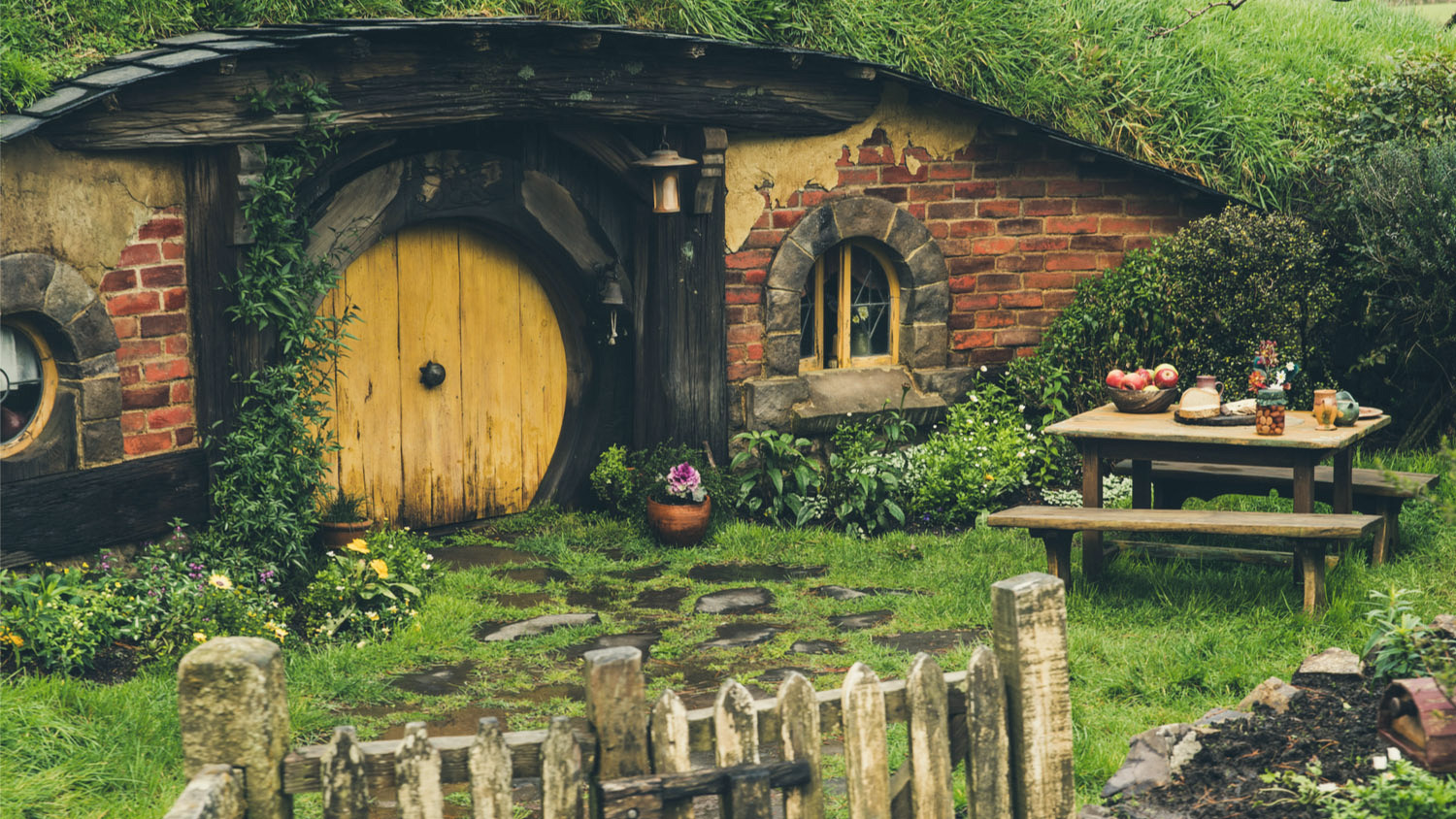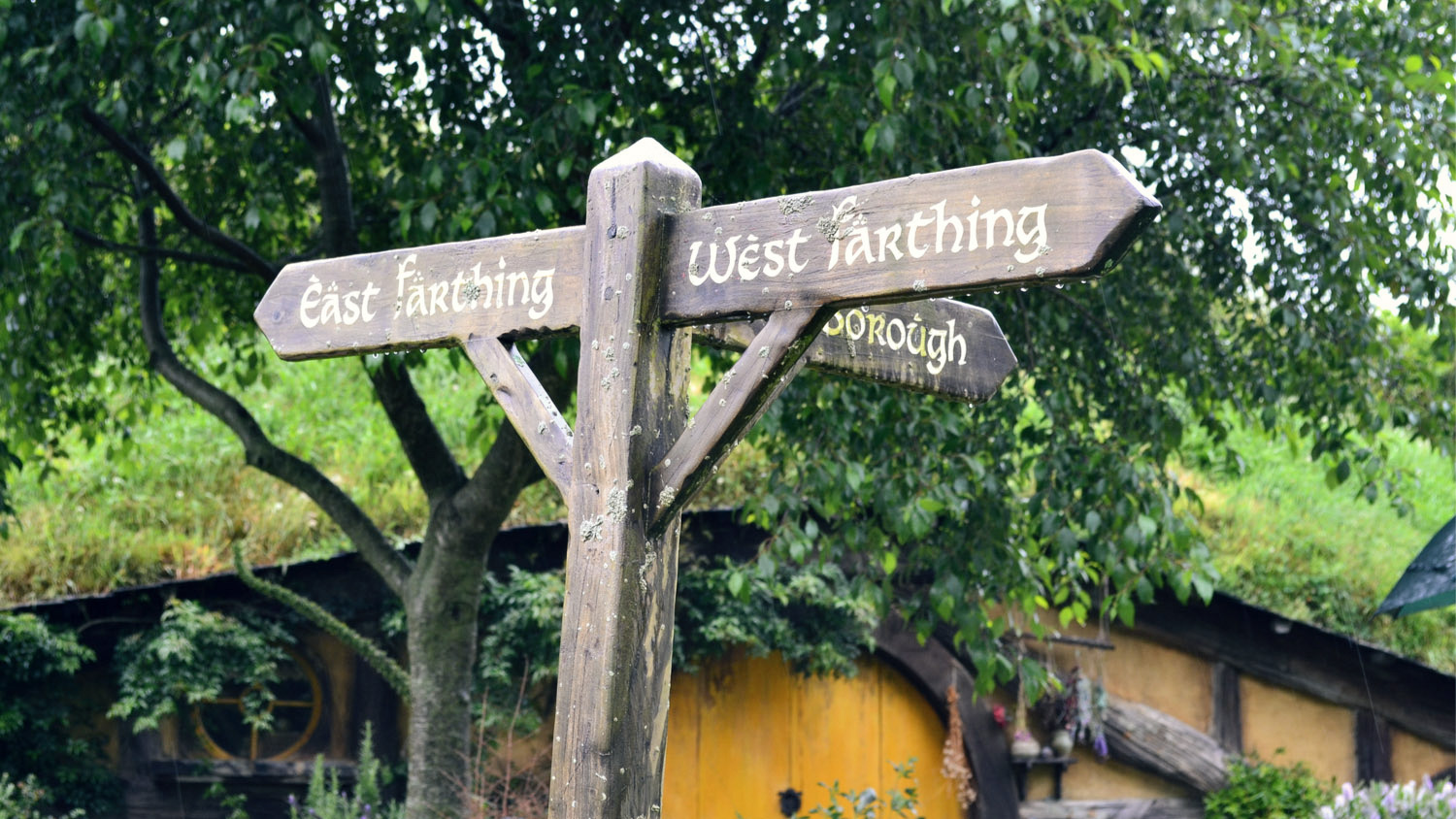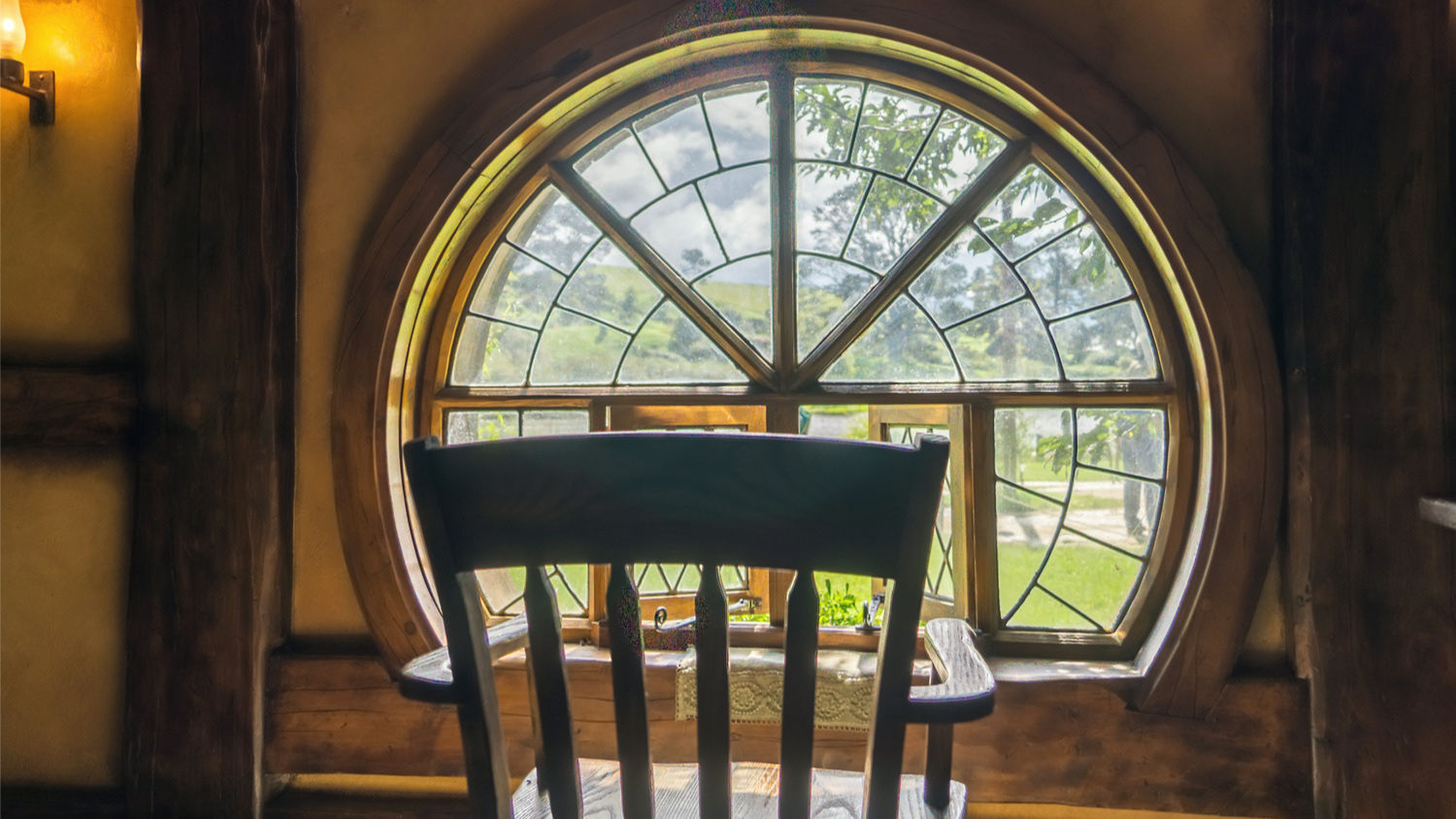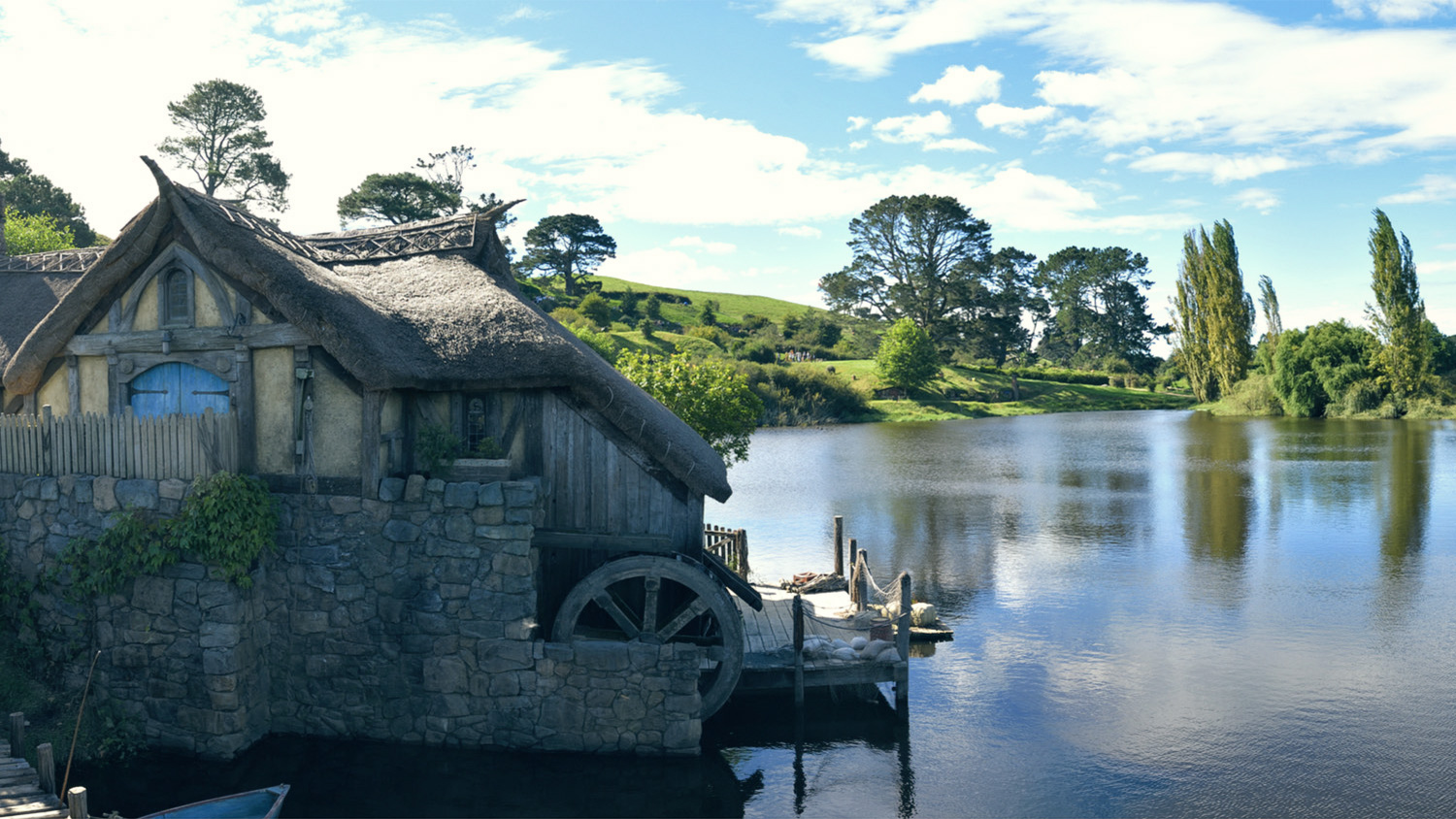It was 20 years ago that Russell Alexander spotted an opportunity and the result is one of New Zealand’s leading international tourism attractions.
The knock on the farmhouse door came when Ian Alexander was watching a game of footie. It was half time in an NPC match between Waikato and Auckland and Ian was relaxing during the break when New Line Cinema location scouts came calling. That was 20 years ago to the month.

They thought his property might work well for a movie and did he mind if they took a walk around the property?
Sure, help yourselves, just make sure you shut the gates.
Ian Alexander settled back in his chair for the second half.
That was September 1998. It was a few weeks before he thought to mention the visit to his son Russell. A month or so after that, the location scouts called again. They were definitely interested, could they have another look around and bring a couple of representatives from New Line Cinemas?
Yep, sure.
They spent another day, drew sketches, came back and met with the Alexanders the next day, a Sunday. It was all go.
This was opportunity knocking.
Twenty years later, on a sunny September afternoon, Hobbiton Movie Set CEO Russell Alexander sits at a table on a first-floor cafe, a stone’s throw from the farmhouse.
Below him is a bustling shop, and outside people of all nationalities are soaking up the sunshine at picnic tables while a queue of up to 40 wait patiently for their ride – a coach that will carry them to The Shire.
It’s okay, if they miss this one, the next will be along in 10 minutes.
They are among the 640,000 visitors annually to the tourist attraction set in picturesque rolling countryside near Matamata, and that astonishing number is rising.
The 12 acres of Hobbiton are set in the Alexander farm which is still grazed by sheep, and the short drive there from the ticket office and shop gives overseas tourists what can sometimes be their first close-up view of Kiwi farmland.
Their numbers have grown dramatically over the past six years after hovering around 23,000 annually for a long time.
The change came after the follow-up shooting of the Hobbit movies and with the building of the Green Dragon Inn on-site, by which time Russell had renegotiated a new deal with the movie makers and rights holders. This was when the business became a joint venture between the Alexander family and Peter Jackson’s family. The Shire was well developed and left more intact after filming, whereas after the original Lord of the Rings shooting very little was left behind. After drawing about 52,000 visitors in 2012, the attraction has been growing by a staggering 100,000 a year.
Russell had seen the tourism potential right from the start. When New Line Cinemas came the first time, at the outset of six months’ negotiation, Russell had talked tourism. New Line weren’t keen, but didn’t say no, and the two sides agreed to let it lie in the meantime.
Negotiations for filming were concluded in March 1999, and the army moved in the next day to start constructing the access road and building the set, using it as an exercise.
Shooting took place over a couple of weeks before Christmas 1999 and then for about four weeks in February 2000.

Within a day of the Fellowship of the Rings premiere in December 2001, Russell reopened tourism negotiations by sending his first email to the film company in the US.
Russell was the right person at the right time. He had been brought up on the farm but then headed to Waikato University for a BMS.
He is a chartered accountant and has been involved in dairy conversions in the South Island. He may not have known a great deal about JRR Tolkien’s Middle Earth fantasy world, but he knew business.
It took eight months to nail a deal, and Hobbiton opened for its first tour three months later in December 2002. “The film company was wonderful to deal with. Everything they said they’d do, they did.”
Back then there wasn’t a great deal to it, but the film company supplied some images for photo boards and tourists could still imagine themselves in the Shire, with the distinctive pine tree nearby that had been part of the appeal to the film crew. So was the lake and the stunning backdrop of rolling countryside with the Kaimai hills in the distance and not a powerline to be seen.
It started with just a handful of staff; today there are 300 employees, 90 percent of them from nearby Matamata, making Hobbiton one of the largest employers in the area.
They run the cafe, the ticketing office, the shop, the tour buses, a plant nursery and also look after the planting, which is carefully carried out to mimic the Middle Earth described by Tolkien, based closely on his beloved English countryside.

So thorough are they that a large mature tree has been transplanted in what was formerly swamp right outside the Green Dragon.
They run the extensive workshops and make the props; on the day of Waikato Business News’ visit, two staff are hand painting what appear to be skittles while astonishingly realistic loaves of bread sit on a workbench near an enormous, layered cake.
This is where everything is built, not only the Hobbiton set, but the tables back in the cafe as well, and where the wood is suitably “aged” as well as being painted.
It means when you step into the Green Dragon, for instance, where log fires are burning year-round, you are stepping into a solidly built timber structure that is virtually indistinguishable from the real thing.
Authenticity is everything, as is attention to detail; Russell points out the bellows in the farrier’s shed and comments that the props team spend a lot of time scouring second-hand sources around the country to get it right.
A second store has been set up close to the pub for the coach tour trade, to help manage the flow of people. It sells the same items as the original store but this one is built into the ground, as is a nearby kitchen. It’s done to minimise visual interference, but is all in keeping with the hobbit holes, and the business has developed expertise with such buildings.
One structure that does stand out is a pavilion-style marquee, which is large enough to sit 250 and is in frequent use for corporate functions, special events and a daily lunch service.
Russell thinks Hobbiton could be the busiest single international tourist attraction in New Zealand.
The Skyline gondolas might be comparable in overall numbers, including domestic, but that’s about it apart from Te Papa, which has a different role.
The spinoff for the local area is immense.
Hamilton and Waikato Tourism says 108,083 visitors spent the night in Matamata-Piako’s hotels, motels, backpackers and holiday parks between June 2017 and June 2018 and visitors spent $159 million in the district during that time.
Those visitors come from more than 100 countries, Russell says, and one of the shifts he has seen over the past couple of years is that domestic tourists have become the largest group as Hobbiton has established itself on the map.
Cafes and eateries are among those to benefit from the influx. “It has a large economic effect. I think it’s worth about 400 jobs in town.”

At the centre of it all is Russell, working on the site, speaking at Hobbiton functions, attending tourism conferences, talking to wholesalers.
Meetings, meetings, meetings, the story of my life.
On the Thursday after this interview, he will be in Wellington to meet with Weta Workshops, Tourism NZ and Massey University before flying to Auckland on Friday for further meetings, with Tourism NZ, Air New Zealand and an intellectual property expert.
There’s no standing still in Hobbiton as the adventure continues. A new garden bar will be open by Christmas beside the cafe and ticketing office, work is set to start on extending the carpark, new toilet blocks need to be built along with a new office block to take about 50 staff. A new bus will be introduced to the fleet next year, the 13th, in addition to five vans and three people-moving cars.
The crowds keep coming, and the brand keeps building.
As Russell says:
My philosophy is you have to make things happen, you’ve got to go out there and do it.
Walker, 2018
